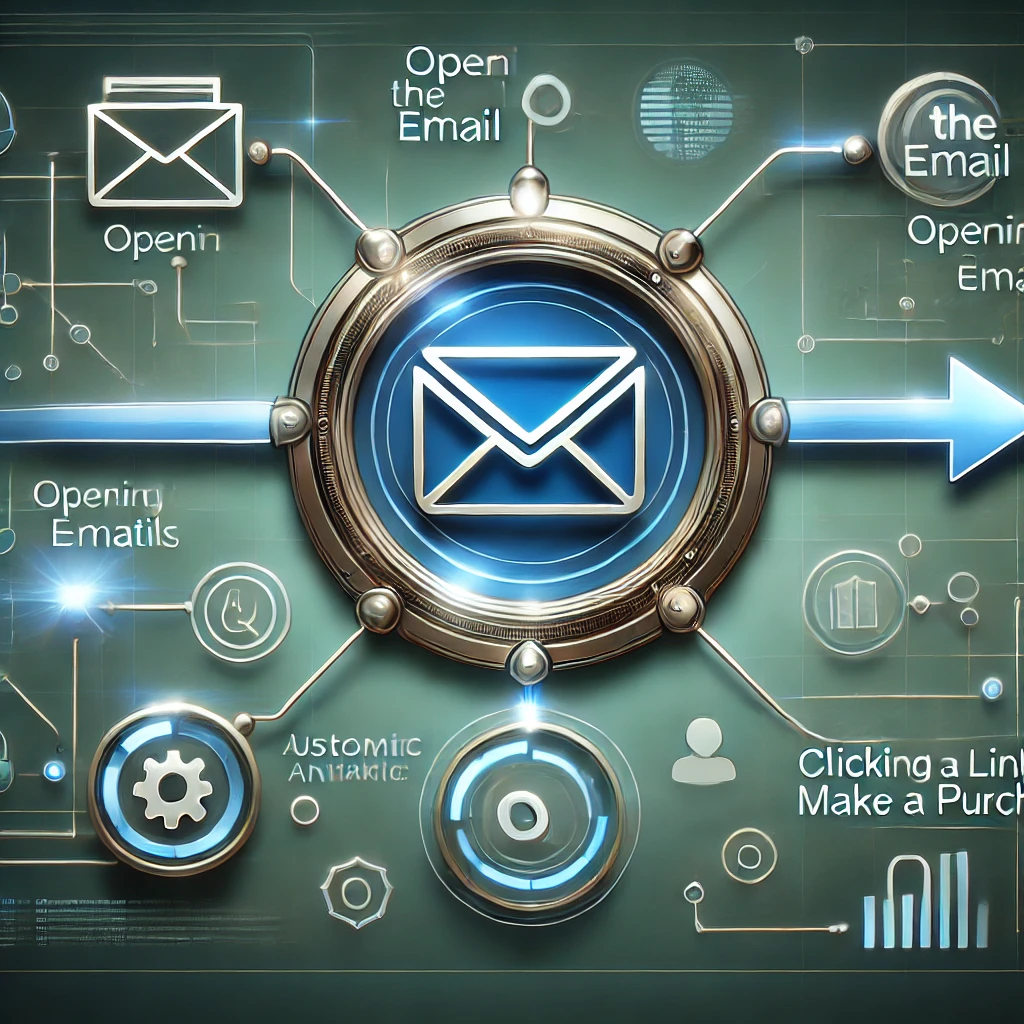
The Best Email Sequences to Convert Subscribers into Customers
Master the art of email marketing to turn leads into loyal customers and maximize your business growth.
Why Email Sequences Matter for Your Business
Email marketing for small businesses is a powerful tool that allows you to nurture leads, educate your audience, and drive conversions. Unlike social media, where algorithms change frequently, your email list is an asset you own.
Types of Email Sequences That Convert
Creating an effective email sequence isn’t just about sending random messages. You need a well-thought-out strategy that aligns with your business goals.
1. The Welcome Sequence
First impressions matter! A welcome sequence sets the tone for your relationship with subscribers. It introduces them to your brand, sets expectations, and builds trust.
2. The Nurture Sequence
This is where you provide value before asking for a sale. Share educational content, case studies, or success stories related to your industry.
3. The Sales Sequence
Now that your audience trusts you, it's time to sell. Offer a compelling value proposition, limited-time deals, or testimonials to encourage a purchase.
4. The Abandoned Cart Sequence
For e-commerce businesses, abandoned carts are a common problem. A well-crafted email reminding customers of what they left behind can boost conversions.
5. The Re-Engagement Sequence
Subscribers who haven’t interacted in a while need a nudge. Use this sequence to reignite their interest with special offers or personalized content.
How to Structure a High-Converting Email Sequence
1. Hook Your Audience with a Strong Subject Line
The subject line is your first impression—make it count. Use curiosity, urgency, or personalization to increase open rates.
2. Personalization is Key
No one likes generic emails. Use the subscriber's name, past interactions, and preferences to make your emails feel tailor-made.
3. Create Engaging Content
Your emails should be informative, entertaining, or both. Keep them concise and actionable.
4. Add a Clear Call to Action (CTA)
Every email should have a goal. Whether it’s to book a call, download a resource, or make a purchase, your CTA should be clear and compelling.
5. Automate for Consistency
Use automation tools to ensure your email sequences run smoothly, saving you time and improving efficiency.
How Email Sequences Support Business Growth
From time management for entrepreneurs to financial strategies for startups, email sequences streamline communication and automate lead nurturing. They help businesses scale without the constant need for manual intervention.
Common Mistakes to Avoid
Even the best email marketers can make mistakes. Here are some pitfalls to avoid:
- Sending too many promotional emails without providing value.
- Ignoring mobile optimization—most emails are opened on mobile devices.
- Failing to test different subject lines and CTAs.
Best Tools for Managing Your Email Marketing Campaigns
To execute your email marketing effectively, consider using tools like:
- Mailchimp – Great for beginners.
- ConvertKit – Ideal for creators.
- ActiveCampaign – Perfect for automation.
- Klaviyo – Best for e-commerce businesses.
How to Track and Improve Your Email Performance
Analyzing metrics helps you refine your strategy. Key metrics to track include:
- Open rate – How many people open your emails?
- Click-through rate – Are subscribers engaging with your links?
- Conversion rate – How many take the desired action?
Final Thoughts
Mastering email sequences can transform your business. Whether you’re focusing on pricing strategies for digital products or growing an e-commerce business, the right email strategy can make all the difference.
FAQs
1. How many emails should be in a sequence?
It depends on your goal. A welcome sequence might have 3-5 emails, while a sales sequence can have 5-7.
2. How often should I send emails?
Balance is key. Too many emails can annoy subscribers, but too few can lead to disengagement. 1-2 times a week is a good rule of thumb.
3. Can email sequences work for B2B businesses?
Absolutely! B2B email sequences focus on education, trust-building, and lead nurturing.
4. What is the best time to send emails?
Studies show that mornings (9-11 AM) and evenings (7-9 PM) tend to have the highest open rates.
5. How do I grow my email list?
Offer valuable lead magnets, optimize sign-up forms, and promote your list through social media and blog content.